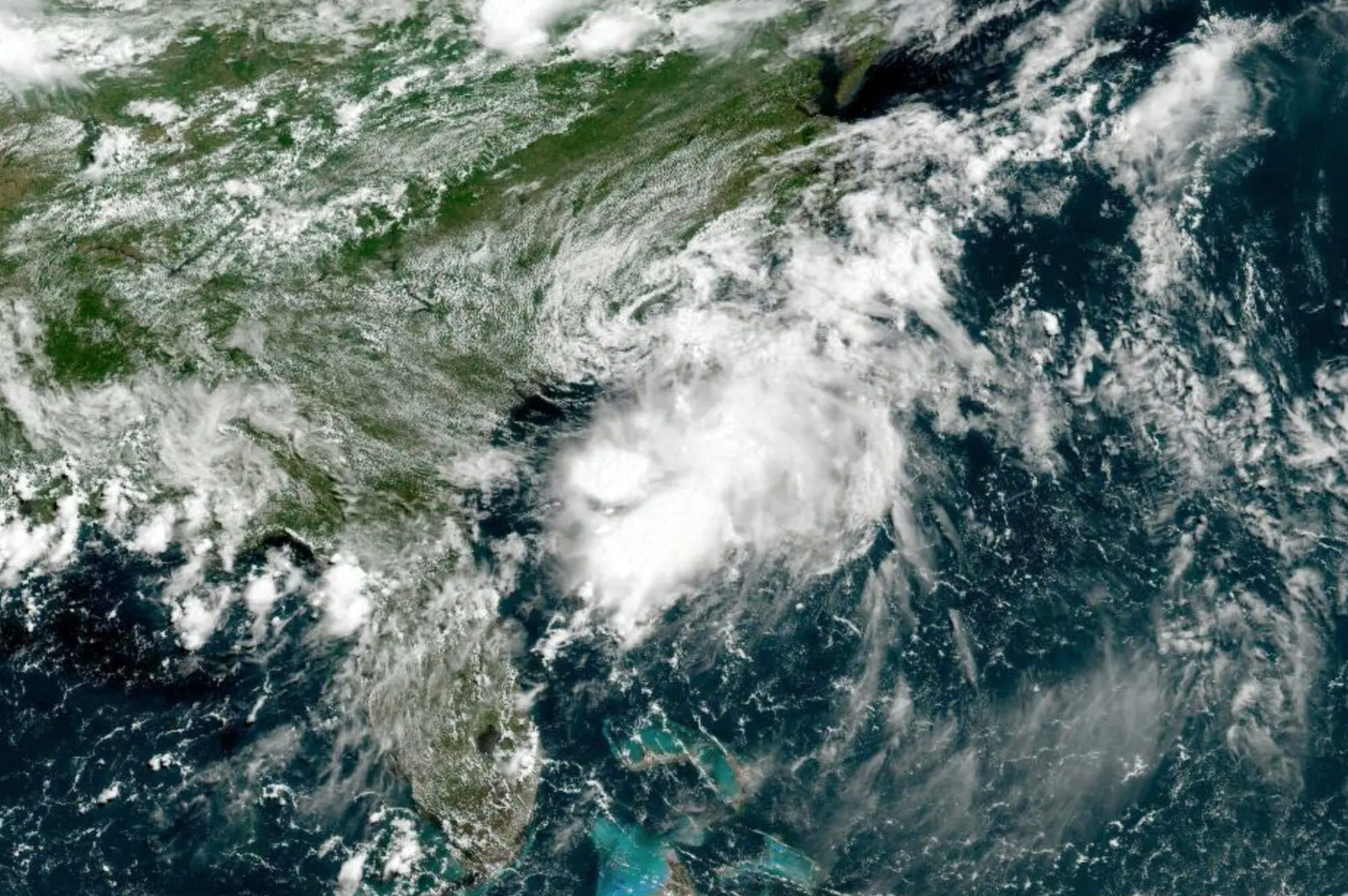It may be off to a slow start, but experts at the National Oceanic and Atmospheric Administration say indicators still point to a more active 2022 Atlantic hurricane season, with another 11 to 17 tropical systems possible before the season ends Nov. 30.
Six to 10 of those could attain hurricane strength, with potentially three to five major hurricanes, said Matthew Rosencrans, NOAA’s lead hurricane season outlook forecaster, during a news media briefing Wednesday.
August through October is historically the peak of the season, and indicators are still on track for “above normal” storm activity, said Rosencrans.
Rosencrans stressed that NOAA’s predictive modeling “does not specifically predict landfalling” – where hurricanes might strike the U.S. coast. It looks at broad climate and weather trends that can favor hurricane formation overall.
One contributor is La Niña, a periodic meteorological event over the Pacific that brings cooler surface waters there and steers storm tracks. Its atmospheric influence is felt all the way to the Atlantic, tending to weaken vertical wind shear that can otherwise work against hurricanes.
La Niña is expected to persist through the fall and possibly into early 2023, according to NOAA experts.
Other factors this season include weaker Atlantic trade winds, African monsoon weather, and warm tropical waters in the belt where hurricanes typically form, said Rosencrans.
One wrinkle has been appearances of cooler extratropical water in those regions, he said.
“We’ve seen a lot more variability in sea surface temperatures,” said Rosencrans. “That can mitigate some activity…that was one thing that really caught the team’s eye.” That surface temperature data is one factor that led the forecasters to shift the updated odds down slightly.
Still, they foresee “near- to above-normal for the season,” he added.
The start of the season brough three brief tropical storms: Alex, Bonnie and Colin, the latter sputtering off the Carolinas during July 2-3.
“What we call ‘shorties’” typically account for two storms every season, said Rosencrans.







